Polica’s “Wandering Star” will also be featured at REDEFINE magazine’s Motion & Movement In Music Video panel at Bumbershoot and MusicfestNW 2012. Director Eugene Lee Yang and producer Cathleen Cher will be attendance at Bumbershoot. SEE FULL DETAILS
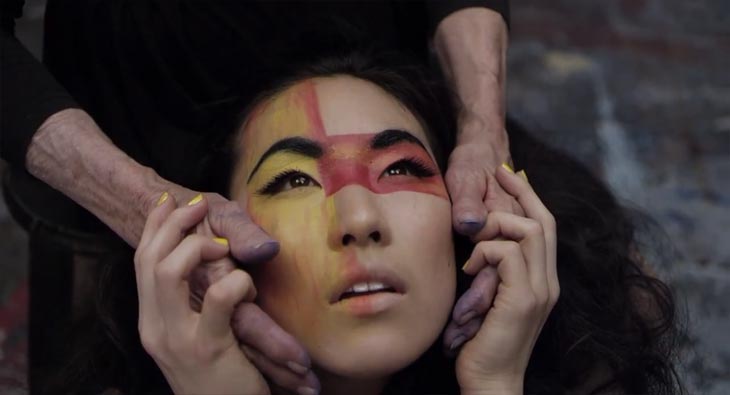
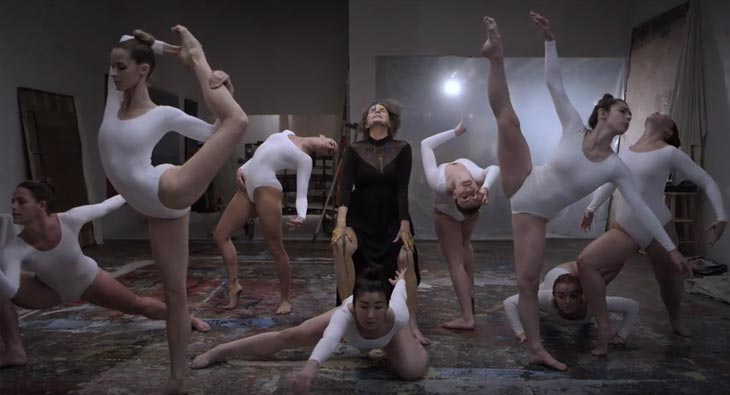
How did the collaboration between you and Polica form, and how much creative freedom were you given?
Nearly four months after the music video’s release, I had the long overdue pleasure of meeting Poliça face-to-face on the smoky patio of the Echoplex in Los Angeles. The band’s captivating vocalist, Channy Leaneaugh, mused her approval of my work with a simple, “I really loved it,” before additionally citing the dance aspect as an interpretive device she distinctly wanted to utilize, at some point, in their visual storytelling. I was pleasantly, if not awkwardly, gracious for this simpatico, like some thumb-twiddling boy awaiting signs of validation from a schoolyard crush after sending a bouquet.
This was the first time I had directly conversed with any of the band members about my unique interpretation of their song, having gained rights to the project from afar with an impassioned narrative treatment and the unorthodox offer of independently producing the video, much like a short film, without necessarily involving the artists themselves. My producer, Cathleen Cher – a veritable musical savant – suggested that if we were to move forward with the creative intention of reimagining, completely unrestricted, someone else’s baby through our budding production company, The Menagerie, the band we approached should be worth both our financial investment and aesthetic taste.
I asked if she had any up-and-comers in mind. She barely blinked before confidently proclaiming, “Poliça. They’re amazing.”
We pitched the concept, secured their consent, and produced “Wandering Star.” Even a half-hearted shrug from Ms. Leaneaugh that night would have inspired a sigh of relief since my role, up to that point, could be likened to an anonymous, eccentric nanny raising their brainchild for all the world to inevitably scrutinize, away from parents who could have easily reacted in abject horror to a director who, as one clever YouTube comment quipped, “beautifully beats an old woman to death with a paintbrush.”
Was there an underlying narrative or concept, and if so, can you loosely describe how it came about and what it is?
This was the logline, verbatim: “In a modern, tragic twist on the Greek myth of Pygmalion, a brilliant, elderly artist, alone in her studio, is surrounded by memories of past paintings/loved ones who come to life to inspire her final masterpiece: her own death.”
In a self-reflexive case of life truly imitating art, I conceptualized an ode to the often solitary, sacrificial existence of devoting one’s every waking moment towards a craft – she literally bleeds paint. I aimed to explore the inherent affliction of loneliness in this character’s world, where even the notion of passing on could be felt as something darkly exquisite. I wanted to leave the interpretation up to the viewer of whether her seasonal specters were her own reanimated creations or shadows of actual relationships.
As much as I might wish to credit the depth of my own personal vision, the primary emotional vehicle for any music video is ultimately the track itself, and the most effective function of a director is to remain genuine and steadfast in one’s intimate, emotive reaction to the song. The haunting power of Channy’s voice – so melancholic, so meditative – unequivocally drove the venerable female Pygmalion device into subconscious fruition.
DIRECTOR EUGENE LEE YANG INTERVIEW CONTINUED BELOW
How was the decision made to go with dance as a primary vehicle for driving this video? What do you think are the benefits of using dance as a way of expressing a narrative rather than more traditionally theatrical means?
I’ve forever been fascinated by the fanciful prospect of art observing us, similar to the old adage, “if these walls could talk”…or in this case, if these paintings could dance. A potential parameter suggested by Cathleen was to somehow incorporate the aspect of projecting images on dancers; I took it a step further and fleshed-out the cinematic motive behind the choreography.
I am a fervent believer that dance is the body’s way of communicating when the voice cannot. However, like any practical language, dance is often misused (perhaps more so these days with its oversaturation in media) when thrown in for the sole, superficial purpose of creating a ruckus when a scene could benefit enormously from silence. Necessity is always key – when one asks me why I decided to incorporate dance into any project, I will always reply, “because I had to.” A colossal pet peeve of mine: if a film were set in France, why would the native characters speak English? In my humble opinion, certain atmospheres demand specific tongues, and “Wandering Star” exists in a land where movement is the official vernacular.
To the furthest extent of my own physical ability, I’ve become moderately fluent in the form and have come to understand and appreciate its subtle nuances from a performer’s perspective. The greatest benefit is that dancers’ spatial-temporal reasoning are on par with Olympic athletes and possess an inherent, elegant understanding of their relationship with a camera, an audience, and their own anatomies, having trained most of their lives in front of mirrors. Actors, on the other hand, can be a mixed bag of self-awareness, sometimes to the pinnacle of awe-inspiring brilliance, but many times into the pits of directorial frustration.
Who are the dancers, and are they a part of a troupe or chosen individually?
The cast was selected from a closed audition comprised of various young professionals in the Los Angeles area specifically brought in by the various heads of departments. Many of the female leads had worked with the our choreographer, the immensely talented and dashing Yemi AD, when he helmed the music video and shows for Kanye West’s “Runaway’ series.
The most extraordinary discovery, though, was through Jamie Gregor, creator of the Dancescape LA benefit dance concert. She referred our stunning main actress, Jennifer Nairn-Smith. I explicitly sought out a retired dancer to portray the pivotal central role, and Ms. Nairn-Smith, a Balanchine-trained ballerina with an illustrious history of working extensively with Fosse and on Broadway, was that rare, perfect fit.
The daunting challenge of breaking her invulnerable poise down, literally and psychologically, into the muck and delving into the intimate psychology of a woman who actually surrendered her own blood, sweat, and tears for the pursuit of art is, without question, my proudest directing achievement to date.
How did the choreography of the piece come about? Was it the responsibility of one individual or multiple individuals? Or was it more communal?
Strictly speaking in regards to the choreography, Yemi was the mastermind behind every step and bated breath. Looking deeper, it was near the end of the second of only two rehearsals the day before the weekend of shooting when Yuki Noguchi, our brilliant cinematographer, managed to find time to finally observe the choreography, which, with Yemi’s highly interpretive style, was still constantly evolving with each run through.
Naturally it’s only wise for the director and camera department to be aware of the blocking that was to be filmed, but due to a ridiculously limited preproduction period and Yemi flying out from his home base, Prague, to participate, I found myself in a position I was completely unaccustomed to: zero preparation.
We entered the set Saturday morning with only the whisper of a shot list and the hope that I had, at the very least, ably communicated the narrative to each individual department so they would magically fit, like a puzzle, come my yelling “action!”
What I feared as being short on time serendipitously transformed into a different animal entirely: pure, spontaneous, creative instinct. Yemi focused on creating the most dynamic movement possible; I pushed for poignancy in character and performance; and Yuki (since I consider the camera itself an invisible dancer in any choreography piece) considered the most delicate way to frame each course of action as they occurred on the spot. It was sort of a filmmaking ad-lib between three players arguing different points but peacefully coming to a consensus since the scene, literally playing out before our eyes, organically inspired a common solution.
Are there any anecdotes from the creative process that you think are particularly noteworthy or interesting? Any surprises or hilarities?
There’s a director’s cut version of the music video that includes the choreography in its glorious entirety, which was edited down to less than half for the official release, which will be completed soon, scored as a remix by DJs and composers.
The reason for the extended runtime is predominantly due to the fact that the four principals who emerge from the paintings were not actually dancing to “Wandering Star” on-set, but rather handpicked music from different artists entirely in order to support their particular emotional and improvisational perspective towards the protagonist. For example, my and Cathleen’s personal favorite alternative track is the third, more menacing apparition, who moved to Gui Boratto’s remix of Massive Attack’s “Paradise Circus.”
Polica – “Wandering Star” Music Video Credits
Director: ELY
Producer: Cathleen Cher
Choreographer: Yemi AD
Contemporary Artist & Studio Owner: Bradford Stewart
Cinematographer: Yuki Noguchi
Creative Director: Tyler Knowles
Costume Designer: Huyen
Stylist: Esther Yoon
Assistant Stylist: Alyssa James
Production Designer: John Casey Harris
Hair Stylist: Chie Sasaki
Makeup Artist: Sherri Celis
Tattoo FX Artist: Darius Cyrulik
Makeup Assistant: Kathleen Pardo
Cast:
Jennifer Nairn-Smith
Stephen Hernandez
Jean Tree
Andrew Allan James
Caitlin Conlon
Hannah Blake
Christine Engelfried
Erin Gales
Emilie Livingston
Miranda Maleski
Mackenzie Martin-Crosley
Nikka Pamenter
Katie Reese
1st Assistant Camera: Alicia Pharris
2nd Assistant Camera: Luis Estrada
Chief Lighting Technician: Chris Pritzlaff
Best Boy Electric: Drew Moe
Key Grip: Andrew Finch
Dolly Grip: Greg Cotten
Grip: Jo Vasquez
Color Correctionist: Greg White

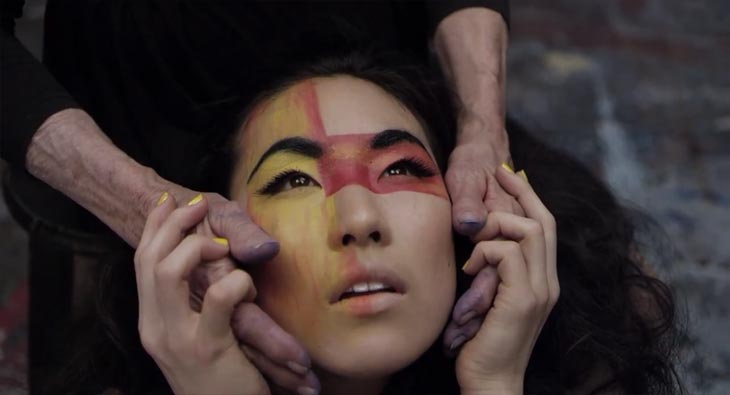
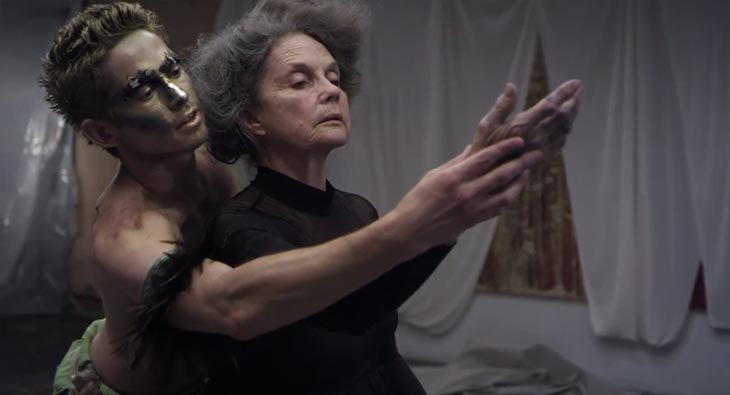
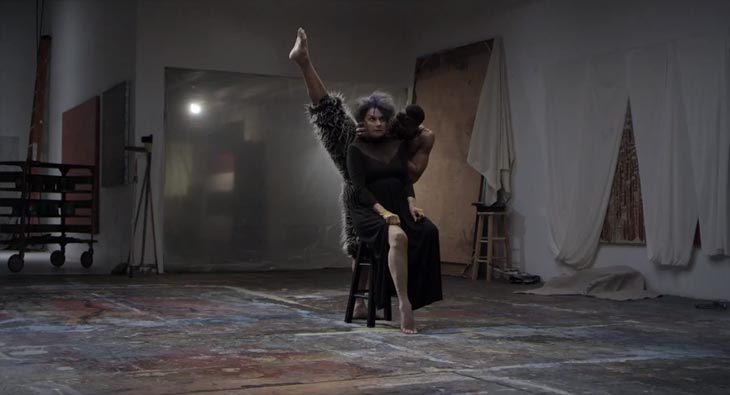



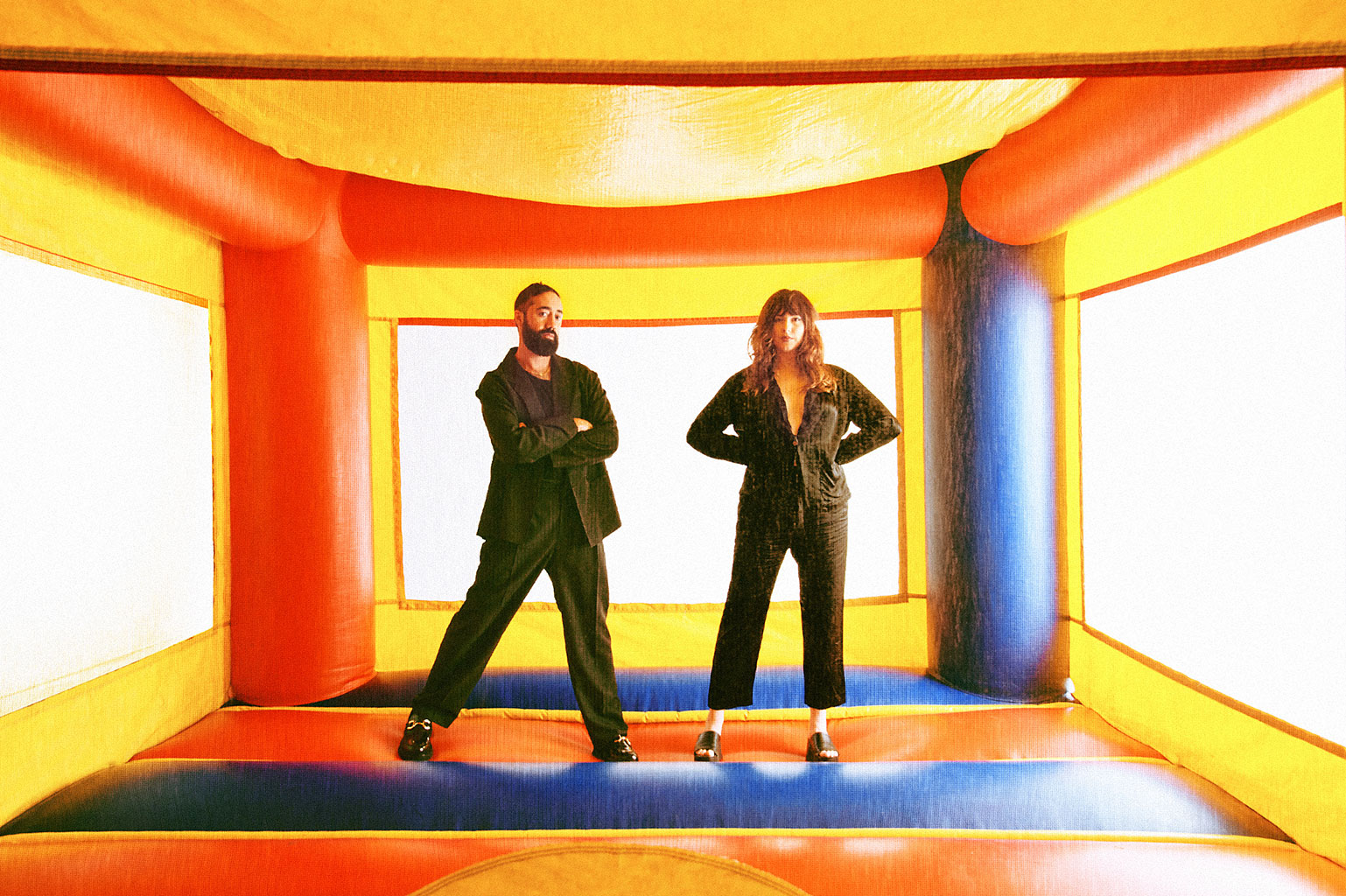
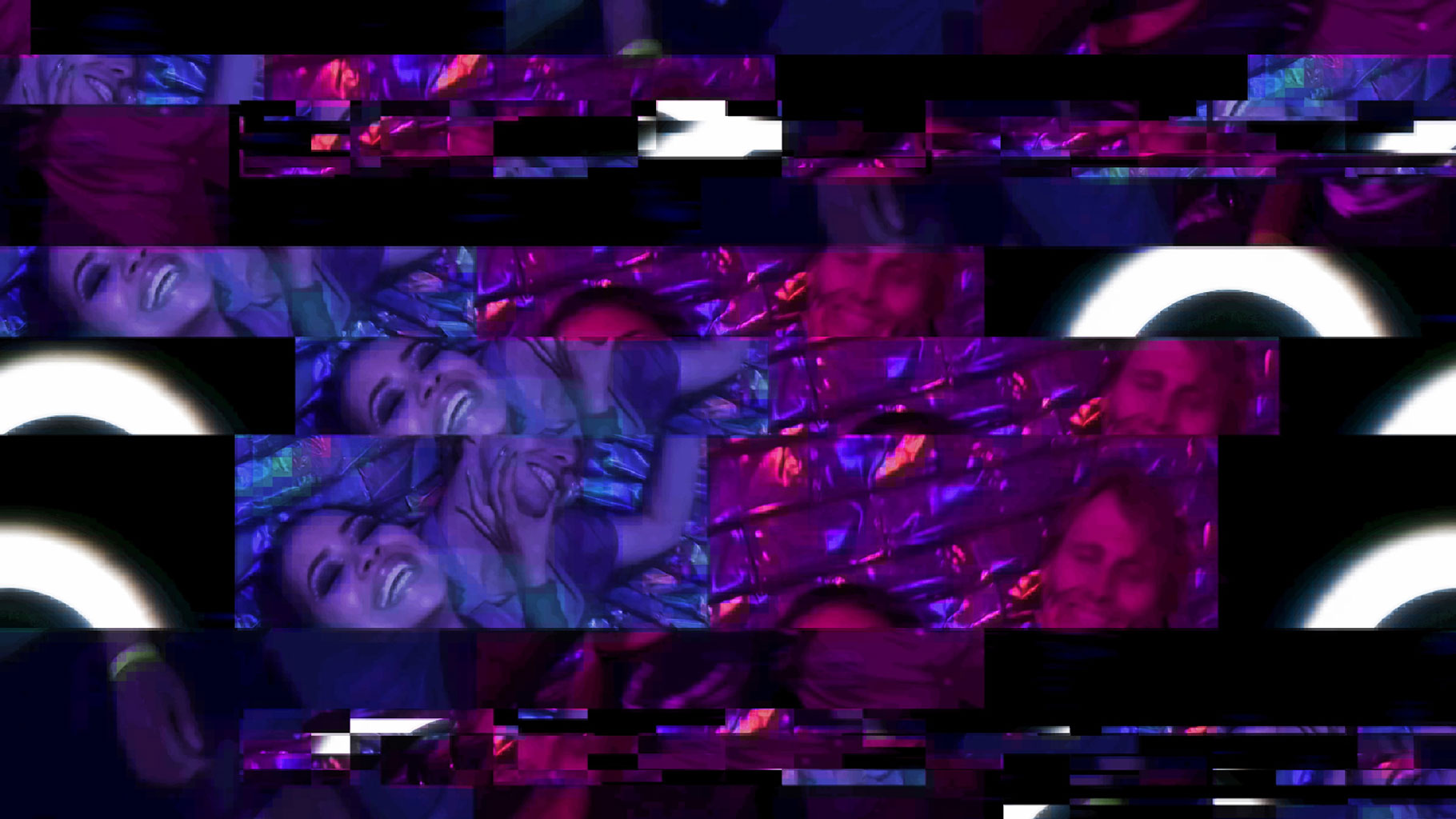
I have a question, isn’t it in any way based on A Midsummer Night’s Dream?
not to our knowledge, and we did a music video panel for bumbershoot associated to it! 🙂 i believe the director would have mentioned it if indeed it was. 🙂 – vivian
I think it’s loosely based on the Pygmalion myth. All of the elderly artists’ memories and paintings come to life to make her masterpiece, her own death. I thought I read that somewhere, but if you watch the video over and over it looks like it.